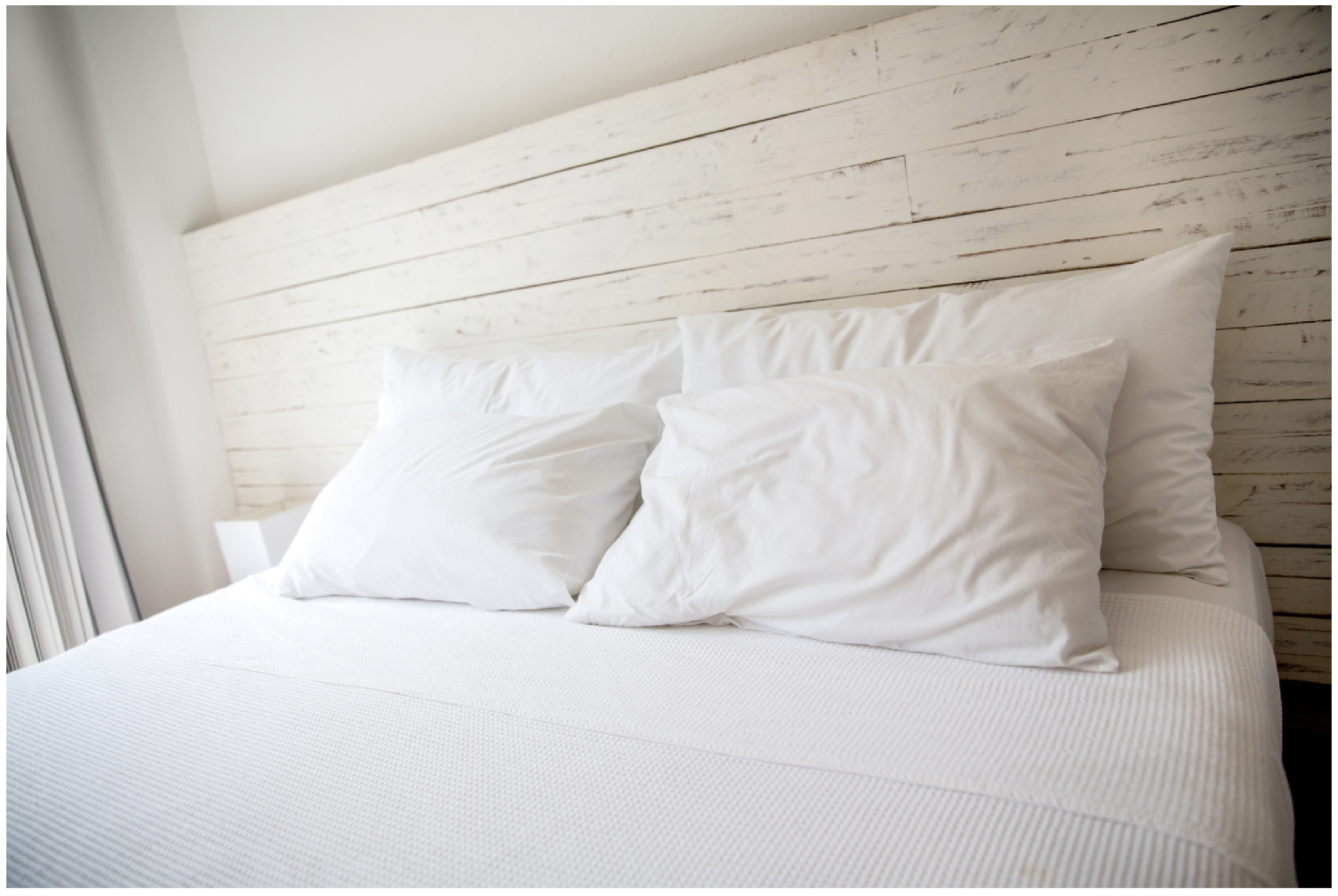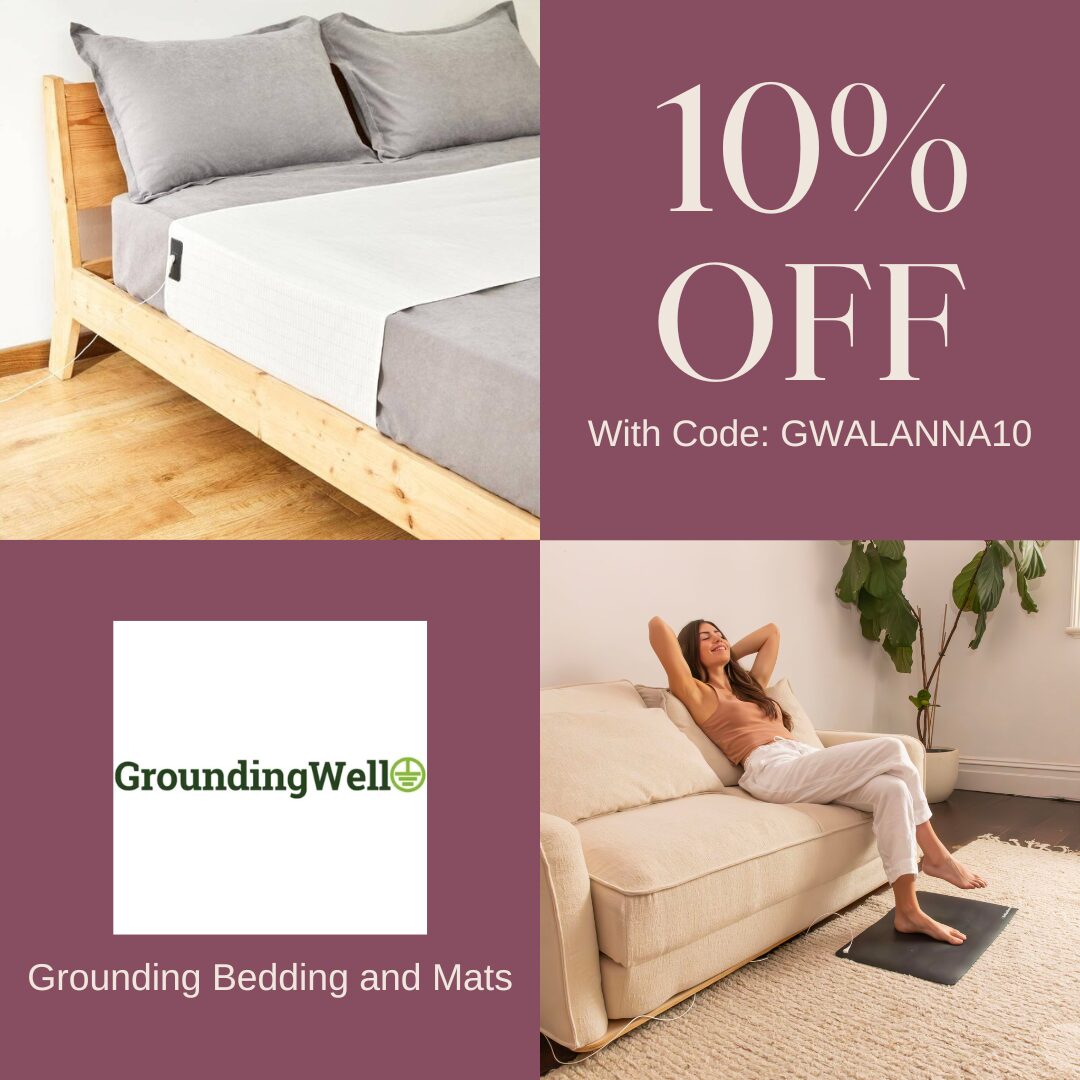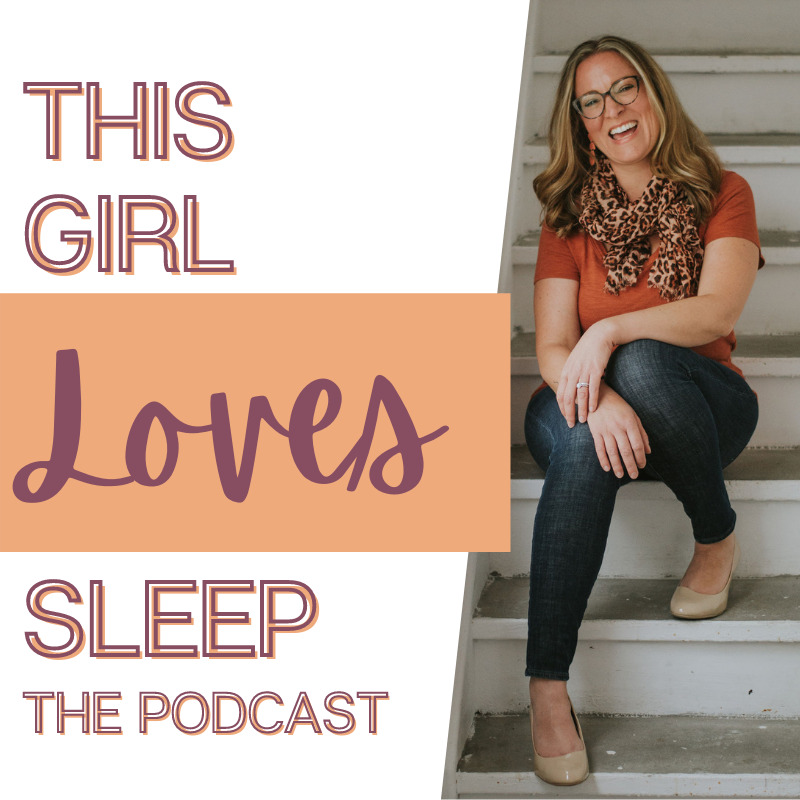Have you ever wondered why climbing into bed and under the covers feels so good? Regardless of whether you like to sleep with just a light sheet or prefer the heaviness of a weighted blanket, there’s something about being covered up as you try and fall sleep that most people can’t do without out. Interestingly, there are actually scientific reasons why sleep is easier when you are covered with sheets and blankets, and understanding more about how it all works will bring you one step closer to getting the quality sleep you need.
More specifically, there are physiological and behavioral reasons why sheets and blankets help you sleep, in addition to humans being creatures of habit and simply being influenced by repetitive conditioning. Even when it’s hot outside, most people still prefer being covered up by something, or at least keeping a sheet or blanket on part of their body.
Sign Up For Our Newsletter
The Science Behind Sheets and Blankets
Essentially, all the science behind sleeping while covered with a sheet or blanket supports the importance of creating a solid sleep environment. While we may not be able to clearly say that sleeping with blankets improves your general health, they will certainly improve your sleep. And since quality sleep is strongly associated with overall health and wellness, let’s just say we should all take a minute to appreciate what our bedding does for us! Keep reading for a closer look at how science plays a role in your body’s need to be covered at night for a solid night’s rest.
1 – Body Temperature.
Your body’s internal temperature begins to cool down before you go to bed. In fact, your circadian rhythm, which is a huge sleep driver, is tied to temperature and starts to force a drop in core body temperature as you get closer to the time for sleep. This is called thermoregulation. As the night progresses, your body’s cooling cycle continues and if you don’t have something to cover you up, chances are you’ll wake up because you’re cold. In the REM sleep stage, right around dawn, your body can’t regulate its own temperature. This can cause kids and adults to wake around four or five in the morning if they aren’t covered with a blanket.
Your body actually starts to lower body temperature around two in the afternoon to prepare for sleep. From early evening to the lowest point just before waking up, you experience a decrease in core body temperature of about two degrees Fahrenheit. At 5 am, most people are at their lowest body temperature of 96.4 degrees.
Your individual body temperature cycle can also influence whether you’re an early riser or not. Early birds experience their lowest body temperature sooner overnight causing them to wake earlier as their body temperature is already rising by 5am. Conversely, night owls can experience their lowest body temperature later, meaning their body temperature rises later in the morning, resulting in a later wake up time.
2 – Sleep Cues And Associations.
You’ve likely been using blankets since you were a small child, which means there is a strong association with getting into bed and pulling up the blankets before you go to sleep. Over time, this ritual becomes ingrained, and we are scientifically conditioned to associate blankets and sheets with getting comfortable and falling asleep. Many people tend to have a favourite sheet set or blanket, and this too is a result of human conditioning and making associations with falling asleep.
3 – Serotonin.
Serotonin is a neurotransmitter best known for encouraging feelings of calm and a state of relaxation by decreasing the physiological escalators for blood pressure, pulse rate, and anxiety. Serotonin also triggers the release of melatonin, a hormone produced in the brain that signals it’s time to go to sleep.
The use of blankets is associated with higher levels of serotonin, which supports a better night’s sleep. The heaviness of being covered by even a light sheet causes pressure stimulation that activates the parasympathetic nervous system, increasing serotonin levels.
Weighted blankets have increased in popularity recently, as they provide an even deeper touch pressure simulation than a regular blanket or duvet, and can reduce physiological effects of arousal (stress and anxiety), helping people who struggle with insomnia or other sleep disorders fall and stay asleep.
Maximize Your Sheets, Blankets And Bedding To Sleep Better
Like anything, it’s important to choose the sheets and blankets that work for you. In order to maximize the positive impact your bedding can have, take a look at the following tips.
- Be selective when it comes to your bedding material. If you do run hot, try using lycra sheets which can add pressure without adding heat, or bamboo sheets which are great for circulating heat away from the body. For those who run cold, flannel sheets may be the best option. The material you choose for your bedding should feel good to you and help build that cozy and relaxed sleep association.
- Choose patterns and colours that you like. This may sound simple, but visual stimulation plays a huge role in helping you relax. When you look at your bed, the sheets and blankets on it should make you calm and should look inviting.
- Use layers. Because your body temperature does change overnight, it may make sense to layer your bedding. A light sheet followed by a heavier blanket gives you the option to easily adjust the heat and weight provided by your bedding throughout the night. If you sleep with a partner, try using separate blankets should your needs vary.
- Cooling down. If you do run hot (hormones can play a huge role in increasing body temperature) and are finding that you wake up in the night overheated, invest in a cooling blanket or cooling pad. This will help regulate your body temperature if you’re having trouble with that overnight.
- Upgrade your mattress. If you are sleeping with another person, their body temperature may be affecting your sleep. A larger mattress allows for more separation and enough room for each person to better regulate their own body temperature.
Creating The Right Sleep Environment For Better Sleep
Hopefully we aren’t the only ones that find it fascinating to know how much science influences sleep. However, we really believe that the more you know about getting a good night’s rest, the greater chance you’ll have of getting the sleep you need. Creating an ideal sleep environment starts be auditing your bedroom, and this absolutely includes the type of sheets and blankets you’re using. Now that you know more about the science behind sleeping with sheets and blankets and how they impact your sleep, we hope you’ll be able to better design an effective sleep space that works for you.










